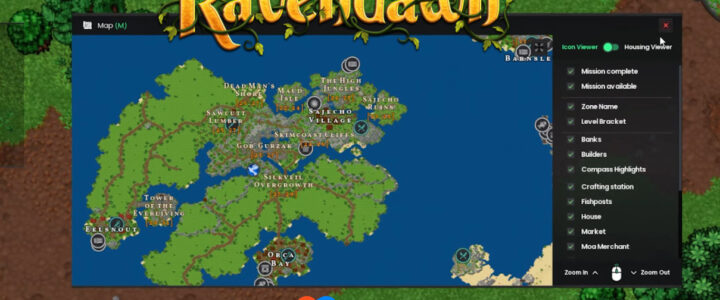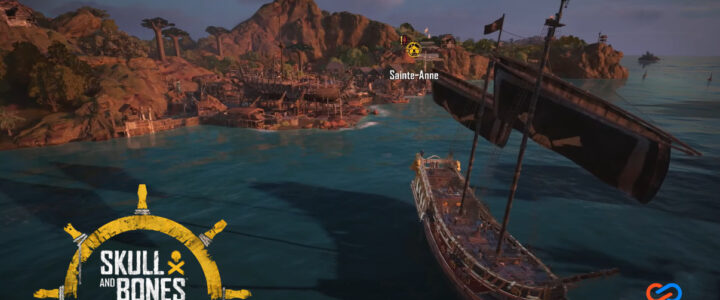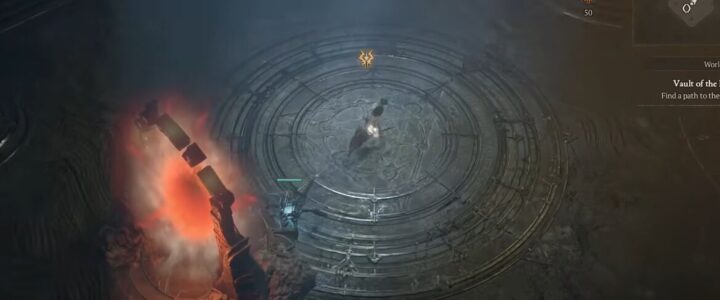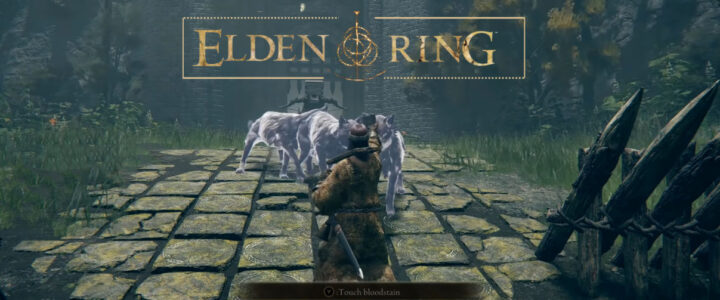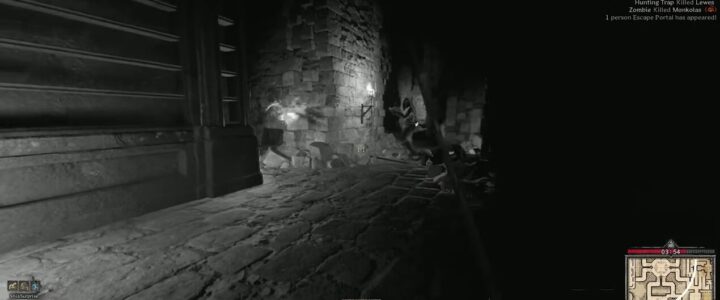Ravendawn Online has recently entered the gaming scene, and players are eager to explore this new sandbox MMO. In this article, we’ll delve into the key aspects of the game, its unique features, and the player experience, as highlighted by MMOexp, a popular content creator. From class systems to trade packs, PVP dynamics, and combat mechanics, we’ll cover it all.
Overview:
Ravendawn Online is a free-to-play sandbox MMO that has drawn comparisons to games like Arc Age and Tibia. According to MMOexp, the game’s graphics resemble Tibia, and there is speculation that it runs on the Tibia engine. However, what sets Ravendawn apart is its commitment to avoiding pay-to-win mechanics.
MMOexp emphasizes the absence of pay-to-win elements, reassuring players that the game primarily offers cosmetics and a Raven Coin system. The developers have expressed their dedication to maintaining a fair and balanced gaming experience, even opting to keep certain cosmetics out of the shop to preserve the core RPG experience.
Class System:
The class system in Ravendawn Online is reminiscent of Arc Age, offering players the freedom to choose from a selection of archetypes. There are eight different archetypes, and players must select three to create their unique character build. While the game encourages players to level up all archetypes, MMOexp notes that most players will likely focus on one as their primary choice.
One notable feature is the flexibility to respec frequently, allowing players to experiment with different combinations and playstyles. This system adds depth to character customization and ensures that players can adapt their strategies as they progress through the game.
Trade Pack System:
A significant source of in-game income in Ravendawn Online is the trade pack system. Similar to Arc Age, players can craft trade packs using materials obtained from farming on their property. Housing, which players can place in various locations, plays a crucial role in this process.
MMOexp highlights the existence of both personal housing, placed on plots that players acquire, and community land where materials can be grown without the need for a house. The trade pack system involves transporting these packs across the game world, with longer distances resulting in higher monetary Ravendawn silver rewards. However, the risk of losing the trade pack to other players adds an exciting dynamic to the game.
PvP and Risk vs. Reward:
Ravendawn Online introduces a robust player-versus-player (PvP) system, offering different channels for players to engage in combat. One dedicated War Channel stands out, where players can participate in PVP without incurring an infamy penalty. The infamy system, although not extensively covered, hints at consequences for aggressive behavior.
MMOexp emphasizes the thrill of risk versus reward in the game, particularly in PVP scenarios. Players can attack others on almost any channel, and the open-world nature of the game allows for spontaneous encounters. The high-stakes nature of trade packs and the potential loss of resources during PVP encounters add depth and excitement to the gameplay.
Combat Mechanics:
While MMOexp acknowledges some clunkiness in movement and less-than-ideal camera angles, she commends the game’s responsive and satisfying combat mechanics. The tab-targeting system may take a bit of adjustment, but the overall combat experience feels immersive and engaging. With a combination of action bars, cooldowns, and mana management, Ravendawn Online offers a combat system reminiscent of popular MMOs like World of Warcraft.
Conclusion:
Ravendawn Online presents an intriguing addition to the MMO genre, drawing inspiration from games like Arc Age and Tibia while maintaining its unique identity. MMOexp’s overview provides valuable insights into the class system, trade packs, PVP dynamics, and combat mechanics, offering potential players a comprehensive look at what the game has to offer. With a commitment to avoiding pay-to-win elements and the promise of future guides from content creators like MMOexp, Ravendawn Online seems poised to capture the attention of MMO enthusiasts.

